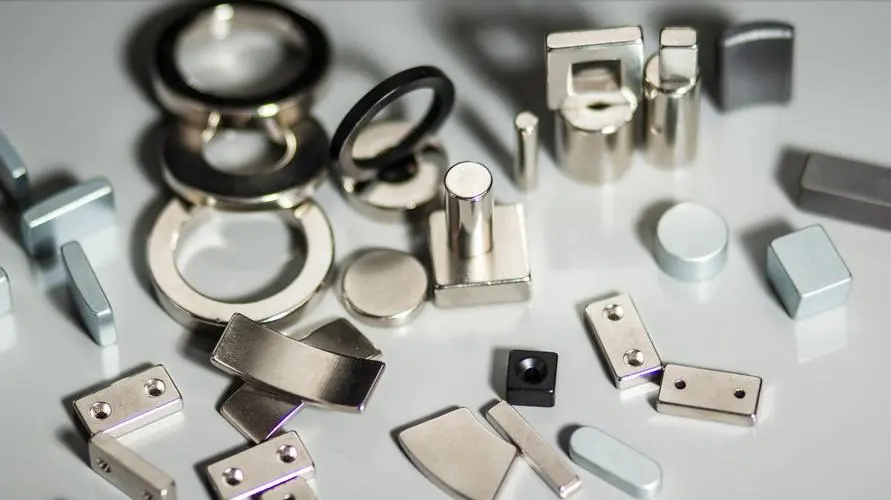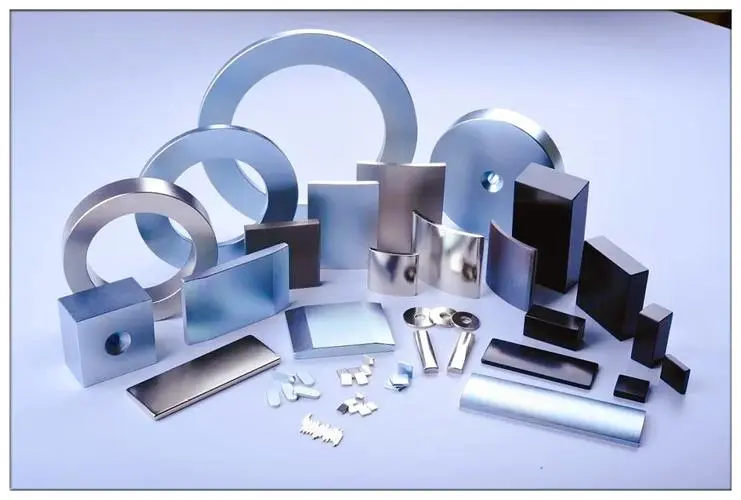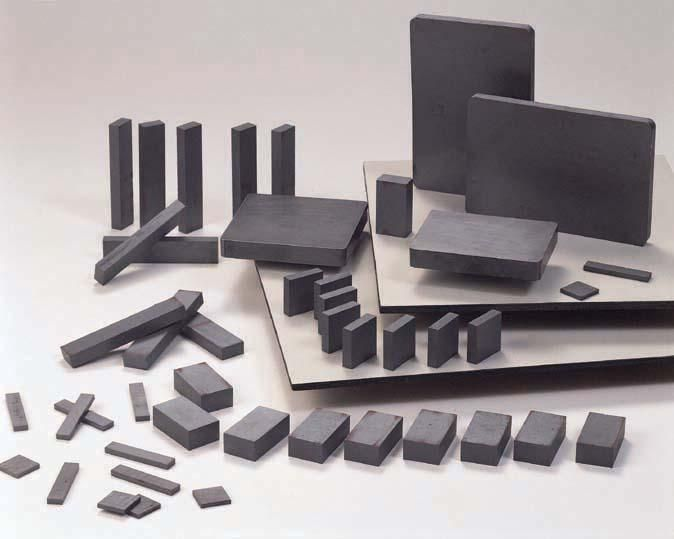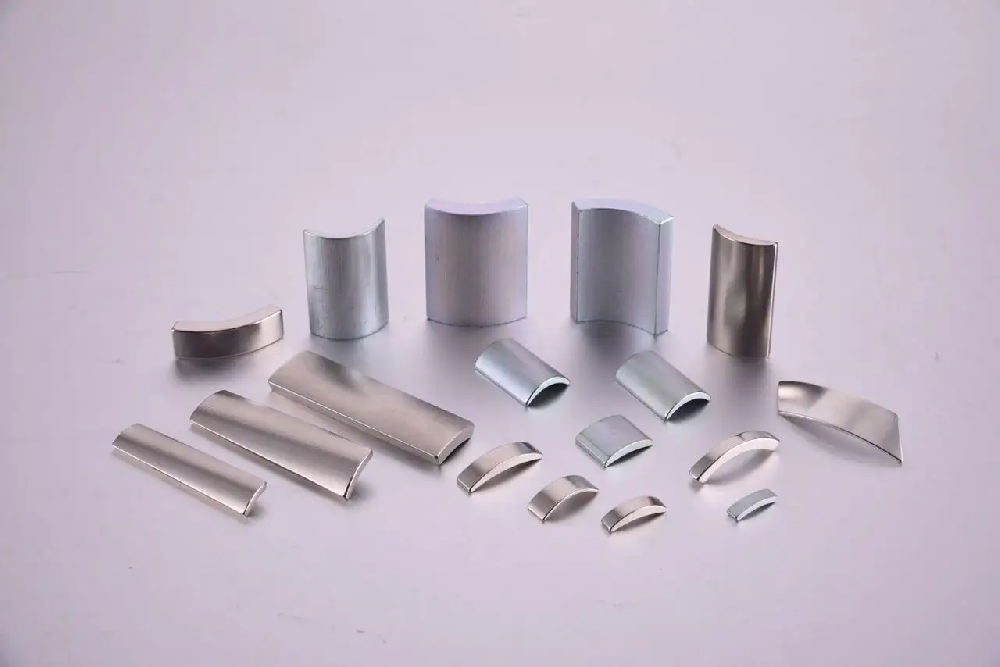Magnet was not invented by man, but natural Magnetite. The ancient Greeks and Chinese discovered a naturally magnetized stone in nature, called a "magnet". This type of stone can magically lift small pieces of iron and always point in the same direction after swinging freely.
Early navigators used this magnet as their earliest compass at sea to distinguish direction. It should be the Chinese who first discovered and used magnets, that is, to make "compass" with magnets, which is one of China's the Four Great Inventions.
After thousands of years of development, magnets have become powerful materials in our daily lives today. By synthesizing alloys of different materials, the same effect as magnetite can be achieved, and the magnetic force can also be improved.
Artificial magnets appeared in the 18th century, but the process of making stronger magnetic materials was very slow until the production of aluminum nickel cobalt (Alnico) in the 1920s. Subsequently, ferrites were manufactured in the 1950s and Rare-earth magnet were manufactured in the 1970s [Rare Earth magnets include NdFeB and SmCo]. At this point, magnetic technology has developed rapidly, and strong magnetic materials have also made components more miniaturized.
The Earth itself has a strong magnetic field, so humans have an adaptation or even dependence on magnetism. A weak and stable magnetic field is beneficial to the body, and magnetic therapy is often used in medical treatment. Electromagnetic waves, on the other hand, are high-energy waves whose frequency can have adverse effects on the body. So magnets are not harmful to the human body
笔记
双语对照
 China
China English
English






